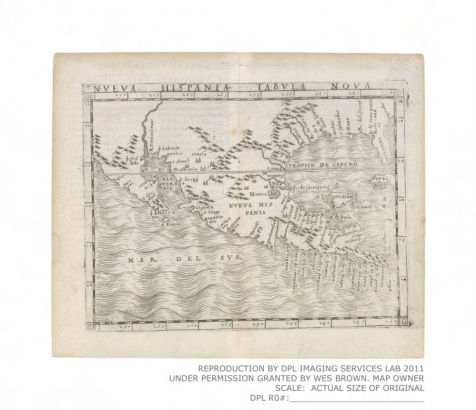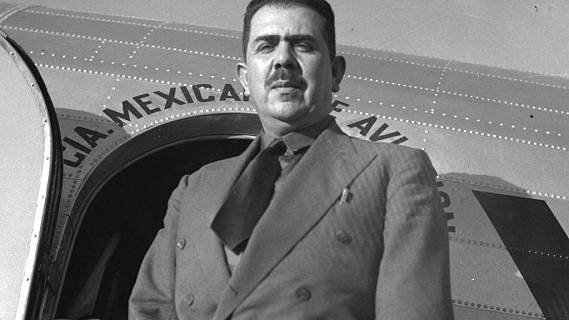When Did My Ancestors Come From Spain?
This is an important question for researchers, especially those who search for a direct tie to Spain. Finding the answer can be complicated since emigration from Spain to the Americas has been taking place for over 500 years and many passenger records no longer exist. When available, passenger lists are indispensable, but census, church, and military records are also useful sources to trace families to Spain.
When men enlisted in the military, vital information such as place of birth and parents’ names were typically recorded. When priests conducted a prenuptial marriage investigation, they usually asked the bride and groom where they were born, along with their parents’ names. Sometimes a priest would record a location in the actual marriage record itself, such as the groom being from the Kingdom of Aragón, Castile, Galicia, Navarra, et al. Over time these kingdoms became Comunidades Autónomas, or autonomous communities, that are state-level entities and merged to form present-day Spain.
Census records from the colonial period to the present-day, such as the 1806 Argentine census and the 1930 Mexican census, sometimes record where people came from as well. A quick FamilySearch.org check of the 1930 Mexican census showed 24,821 Spaniards residing in Mexico, while in the 1940 U.S. census showed 54,841 Spaniards living in the United States.
Unlike recent immigration through places such as Ellis or Angel Island, passenger records get harder to find the farther back one researches. The Archives of the Indies in Sevilla has indexed and digitized thousands of records dating from 1509; some previously published lists on microfilm and in books are available at the library. The language of the archives and its website is Spanish with limited English accessibility, however researchers who find a match can download passenger lists, licenses, and passport scans free of charge without having to travel to Spain.
After independence, passenger lists and ship records can either be found in Spain or each country’s national archive or library. While permission from the crown was needed in order to leave Spain, during the colonial period people also traveled as stowaways, using aliases, and through other countries such as Portugal.
Spaniards who left in the 20th century are more likely to have a paper trail, such as Spanish passports and visas issued by their destination country. During the Spanish Civil War and Franco’s dictatorship, many American countries opened their doors to fleeing Spaniards.
For a deeper dive on how Mexican president Lázaro Cárdenas and Mexico helped save thousands of Spaniards – including orphans and children – in the 1930s, check out the Spanish podcast “Lázaro Cárdenas y el exilio español en México” from Radio Nacional de España.
The Pérez/Rodríguez census image is courtesy of FamilySearch.org and the Armijo license image is courtesy of the Archives of the Indies.
This series is designed to help customers deepen their research while learning about Hispanic cultural traditions and customs they may encounter in their family history and genealogy records.




Comments
How can we access parts 1-8?
How can we access parts 1-8?
Add new comment